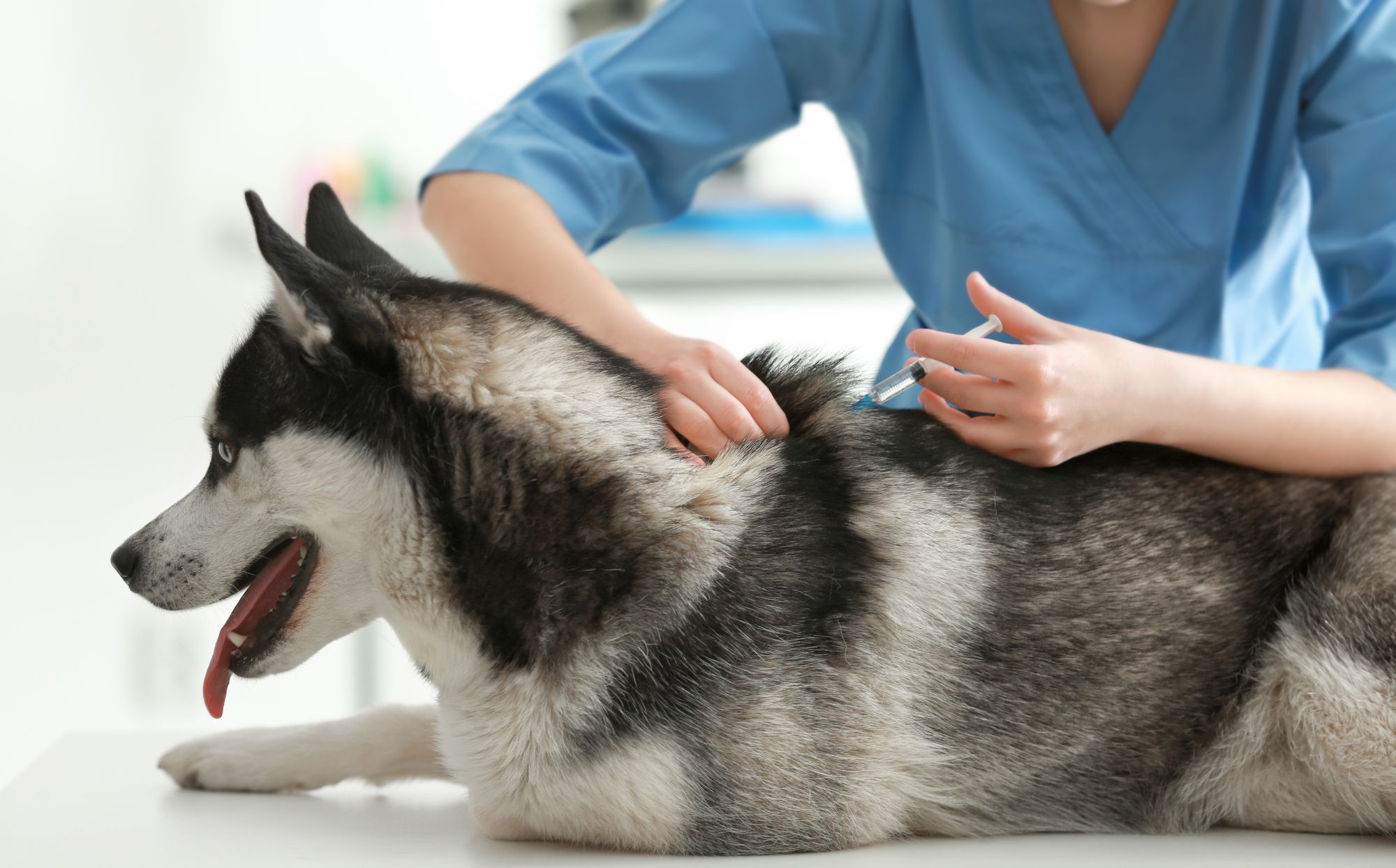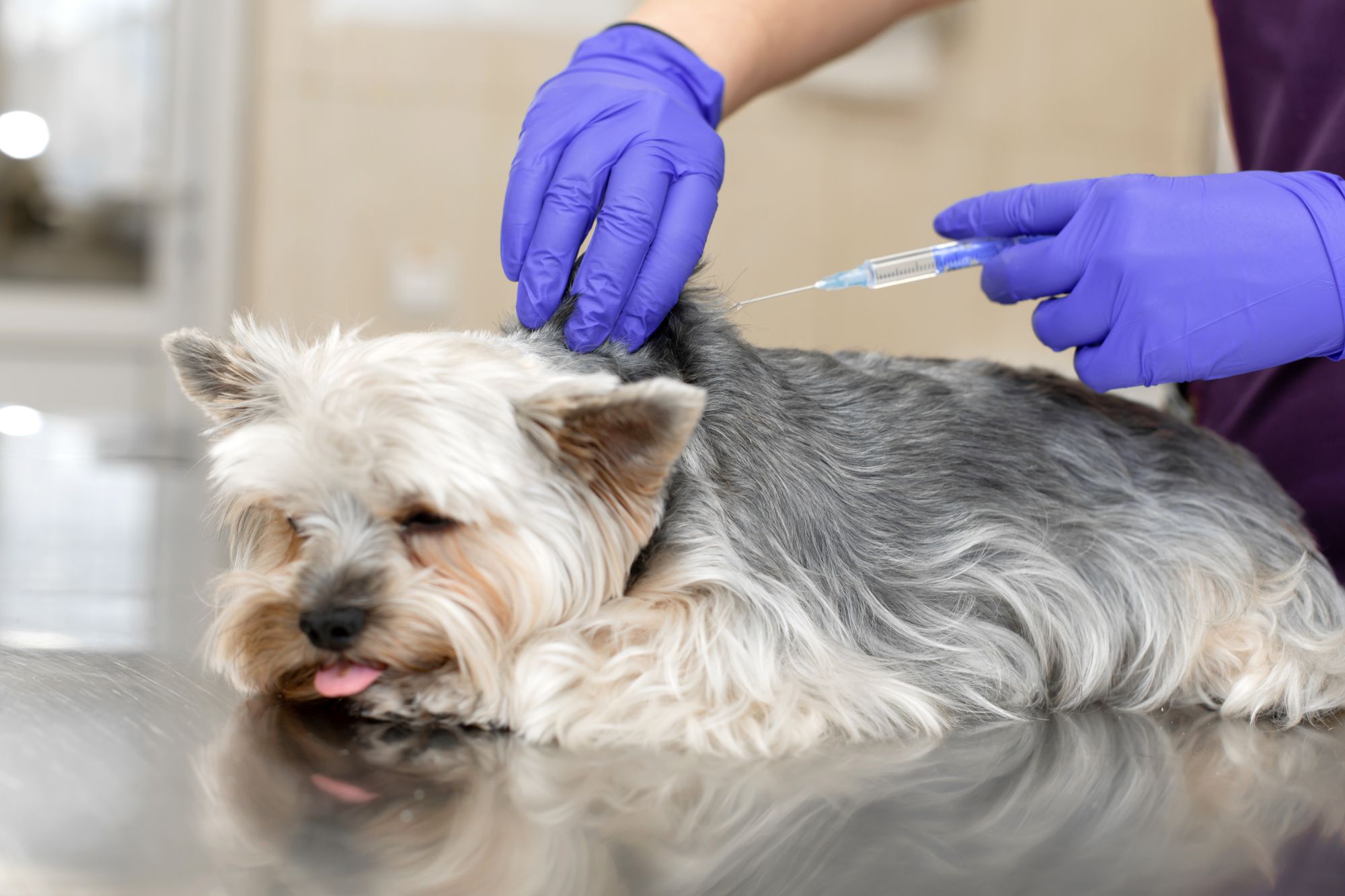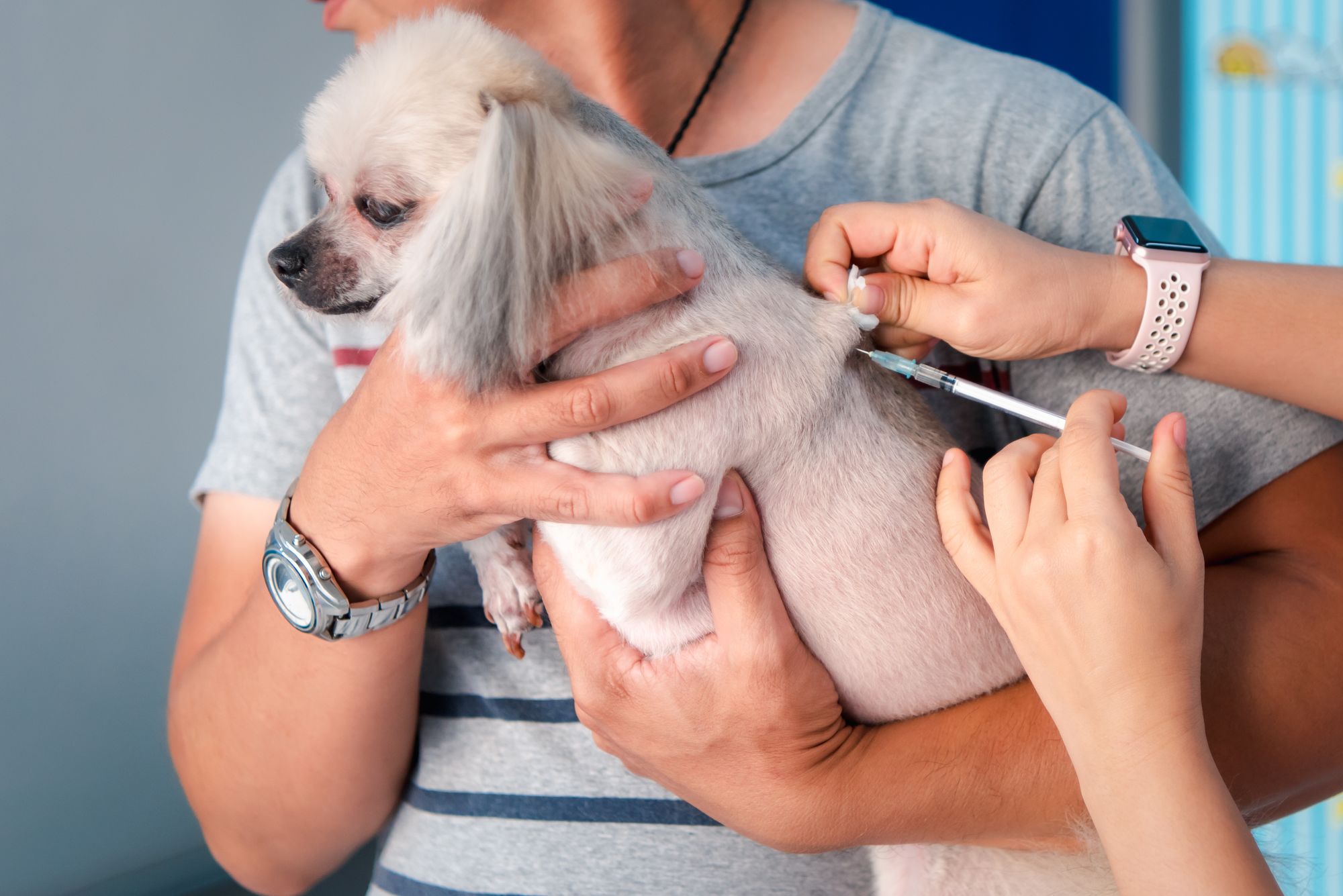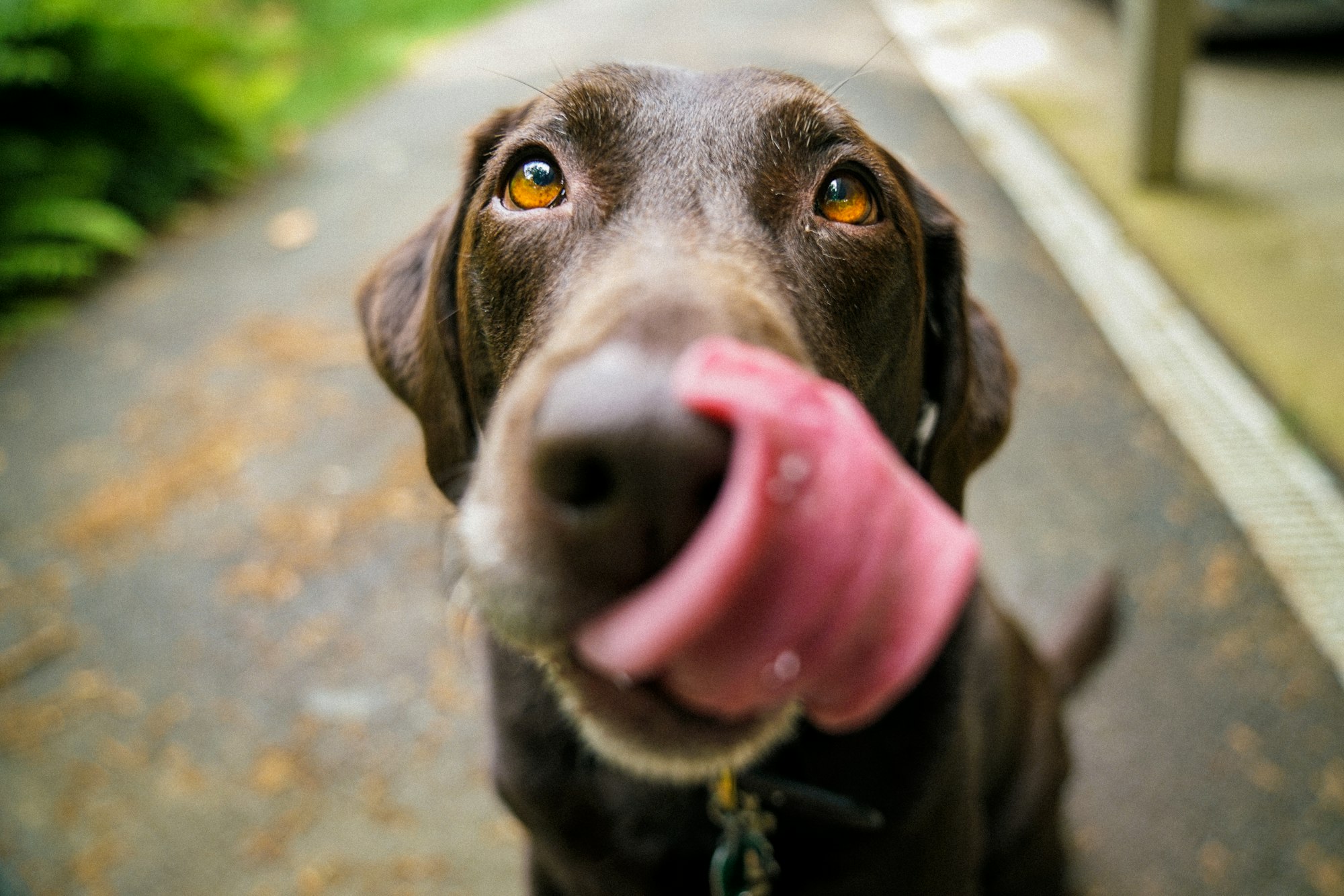Rabies represents a severe viral threat to mammals, particularly dogs, and poses significant health risks to humans as well. In this updated and enhanced article, we will explore the crucial aspects of rabies vaccinations for dogs, discussing their critical importance, the underlying principles of how they function, the potential side effects, and other relevant details to provide comprehensive insights into this vital preventive measure.

Understanding Rabies and Its Risk to Canine Health
Rabies, a condition triggered by the rabies virus, is primarily spread through the saliva of infected creatures and targets the central nervous system. This results in serious neurological issues and, if left untreated, leads to fatality. Dogs are at risk of contracting rabies through encounters with infected animals, including raccoons, bats, and even other dogs, typically through bites or scratches.
The Regulatory Imperative
Numerous nations and regions enforce legal mandates for the rabies vaccination of dogs, with the overarching aim of safeguarding public health. Rabies is a zoonotic disease, capable of transferring from animals to humans. The vaccination of dogs serves as a crucial defense mechanism, halting the transmission of this deadly virus and ensuring a safer environment for all.
The Mechanics Behind the Rabies Vaccine: A Protective Shield
The rabies vaccine stands as a critical defense in the fight against this lethal pathogen, and comprehending its function is key to recognizing its role in protecting both canine and human health.
The Vaccine's Role as the Immune System's Ally
The vaccine works by leveraging the immune system's incredible capabilities. When administered, it introduces a minuscule, innocuous piece of the rabies virus into the dog's system. This fragment is potent enough to trigger the immune response without inducing the actual disease.
Activation of the Immune Defense
This introduction of a harmless virus piece prompts the dog's immune system to kick into gear, identifying the foreign entity and generating specific antibodies designed to counteract the rabies virus.
Long-term Immunological Memory
The true brilliance of the vaccine lies in the immune system's ability to not just neutralize the current threat but also to retain a "blueprint" of the virus. This immunological memory ensures that if the dog is ever exposed to the genuine rabies virus in the future, its immune system is primed to recognize and neutralize it swiftly, providing enduring protection.

Optimizing the Vaccination Regimen for Dogs
Crafting an effective vaccination plan is crucial for safeguarding dogs against rabies and other preventable ailments, ensuring their long-term health and safety.
Initiating Vaccination in Puppies
The vaccination journey begins early for puppies, with their inaugural rabies shot typically administered between 12 to 16 weeks of age. This initial vaccination is especially important as puppies are more susceptible to the dangers of rabies.
The Role of Booster Vaccinations
The immunity provided by the initial rabies vaccination is not indefinite. To ensure ongoing protection, dogs must receive periodic booster vaccinations. The schedule for these boosters can vary based on the vaccine type and local guidelines but generally occurs every one to three years.
Adherence to Local Guidelines
The vaccination schedule for rabies is also subject to local legal requirements, which may dictate more specific or stringent protocols. Being informed about and compliant with these local mandates is essential for the well-being of your dog and the community at large.
The Different Types of Rabies Vaccines
Rabies vaccines come in various forms, each with its own characteristics and suitability for different situations.
Killed (Inactivated) Vaccines
One common type of rabies vaccine is the killed or inactivated vaccine. This vaccine contains the rabies virus that has been rendered inactive, so it cannot cause disease. The dog's immune system responds to the virus fragments, providing protection without the risk of rabies.
Modified-Live Vaccines
Modified-live vaccines are another option. These vaccines contain a weakened, but not fully inactivated, form of the rabies virus. They can offer rapid immunity but may not be suitable for all dogs, depending on their health and other factors.
Veterinarian's Guidance
Determining which type of rabies vaccine is best for your dog should be done in consultation with your veterinarian. They will consider your dog's age, health status, and local regulations to make an informed recommendation.
The Potential Side Effects and Risks
While rabies vaccines for dogs are generally safe, it's essential to be aware of potential side effects and risks associated with vaccination.

Common, Mild Side Effects
Most dogs experience only mild and transient side effects after receiving a rabies vaccine. These can include:
- Soreness at the injection site
- Mild fever
- Lethargy or reduced activity
These side effects typically resolve within a day or two and do not pose a significant threat to the dog's health.
Rare, Severe Reactions
Severe adverse reactions to rabies vaccines are exceedingly rare but can occur. These reactions may include:
- Allergic reactions
- Facial swelling
- Difficulty breathing
- Unusual behavior or aggression
In such cases, immediate veterinary attention is crucial. However, it's important to emphasize that these severe reactions are exceptionally uncommon.
Weighing the Risks
The potential risks associated with rabies vaccination must be weighed against the far graver risk of a rabies infection. Rabies is virtually 100% fatal once symptoms appear, and it poses a significant public health risk. The benefits of vaccination far outweigh the minimal risks.
Rabies Vaccine vs. Rabies Immune Globulin (RIG)
In certain situations, a dog may receive not only the rabies vaccine but also a treatment called Rabies Immune Globulin (RIG). Understanding the difference is essential.
The Rabies Vaccine
The rabies vaccine, as previously discussed, stimulates the dog's immune system to produce antibodies against the rabies virus. It provides active immunity and is administered as a preventive measure.
Rabies Immune Globulin (RIG)
RIG, on the other hand, is a treatment given after a potential rabies exposure. It provides immediate, passive immunity by injecting pre-formed antibodies against the virus. This treatment is usually reserved for situations where there is a high risk of rabies transmission, such as when a dog has been bitten by a potentially rabid animal.
Complementary Protection
In cases of potential rabies exposure, both the rabies vaccine and RIG may be administered. The vaccine triggers the dog's immune system to provide long-term protection, while RIG offers immediate, short-term immunity.
Why Early Vaccination Matters
Early vaccination against rabies is not just a recommendation; it's a critical step in protecting your dog's health and preventing the spread of this deadly virus.
Vulnerability in Young Dogs
Puppies are particularly vulnerable to rabies due to their immature immune systems. Early vaccination is essential to establish immunity and provide protection from a young age.
Reducing the Risk of Transmission
Rabies is a zoonotic disease, meaning it can be transmitted from animals to humans. By vaccinating dogs early, we create a barrier that reduces the risk of transmission to both humans and other animals.
Legal Requirements
Many regions mandate rabies vaccination for dogs, and compliance with these laws is essential. Failure to vaccinate your dog not only puts your pet at risk but can also lead to legal consequences.

Rabies Vaccination and Public Health
Rabies vaccination for dogs extends beyond the realm of pet care; it is a critical component of public health initiatives worldwide.
Preventing Zoonotic Transmission
Rabies is a zoonotic disease, meaning it can be transmitted from animals to humans. Dogs, as one of the primary domesticated animals in close contact with humans, play a pivotal role in this transmission cycle. Vaccinating dogs is a strategic measure to break this cycle and prevent the spread of rabies to people.
A Global Threat
Rabies remains a global health threat, particularly in regions with inadequate access to healthcare and vaccination programs. In these areas, where the disease is endemic, dogs are often the primary reservoirs of the virus. By vaccinating dogs, we create a protective barrier that can significantly reduce the risk of human rabies cases.
Community Protection
Vaccinating dogs not only safeguards individual pets but also the broader community. A rabies outbreak in a canine population can quickly escalate, leading to human exposure and potential fatalities. Preventing rabies in dogs is a proactive measure that protects both human and animal populations.
Local Regulations and Variations
Rabies vaccination regulations are not one-size-fits-all; they vary from one location to another, influenced by regional concerns and epidemiological factors.
Legal Mandates
Many countries and states have laws that mandate rabies vaccination for dogs. These legal requirements are in place to ensure public safety by reducing the risk of rabies transmission. Failing to comply with these mandates can result in penalties and fines.
Variations in Vaccination Schedules
The recommended rabies vaccination schedule can also vary. Some areas may require more frequent boosters, while others follow a more extended timeline. It's essential for dog owners to be aware of and adhere to their local regulations regarding vaccination schedules.
Cultural and Regional Considerations
Cultural and regional factors can also influence vaccination practices. In some regions, community awareness and participation in vaccination campaigns may differ. Understanding these nuances is crucial when implementing effective rabies control strategies.
Preparing Your Dog for Vaccination
Ensuring a smooth and stress-free rabies vaccination experience for your dog involves a few key considerations.
Veterinary Consultation
Before scheduling a rabies vaccination, consult with your veterinarian. They can assess your dog's overall health and make any necessary recommendations or address concerns.
Timing and Scheduling
Follow the recommended vaccination schedule based on your dog's age and local regulations. Keep accurate records of vaccination dates to ensure compliance.
Pre-Vaccination Care
On the day of vaccination, ensure your dog is in good health. If your happy dog is unwell or experiencing any other health issues, it's best to postpone the vaccination until they are back to normal.
Comfort and Calm
Bring your dog to the veterinary clinic in a secure carrier or on a leash. Provide comfort and reassurance to minimize stress during the appointment.
Post-Vaccination Observation
After vaccination, observe your dog for any immediate adverse reactions, although these are rare. If you notice any unusual behavior or symptoms, contact your veterinarian promptly.
Post-Vaccination Care
Once your dog has received a rabies vaccination, providing appropriate post-vaccination care is essential to ensure their well-being.
Rest and Observation: After the vaccination, allow your dog to rest. Some dogs may experience mild fatigue or soreness at the injection site, and rest can help them recover.
Hydration: Ensure your dog has access to fresh water to stay hydrated. Hydration supports the body's immune response to the vaccine.
Monitor for Immediate Reactions: While adverse reactions to rabies vaccines are rare, it's essential to observe your dog for any immediate signs of distress or unusual behavior. If you notice anything concerning, contact your veterinarian promptly.

Signs of an Adverse Reaction
While adverse reactions to rabies vaccines are infrequent, being aware of potential signs is crucial for responsible pet ownership.
Allergic Reactions
In some cases, dogs may have an allergic response to the vaccine. Signs of an allergic reaction can include:
Unusual Behavior
Watch for changes in your dog's behavior following vaccination. Signs of an adverse reaction may include excessive lethargy, aggression, or disorientation.
Seek Immediate Veterinary Care
If you suspect your dog is experiencing an adverse reaction to the rabies vaccine, do not hesitate to contact your veterinarian or an emergency animal clinic. Swift action can be crucial in managing and resolving any severe reactions.
Boosters and Long-Term Protection
Rabies immunity is not permanent, so understanding the need for booster shots and long-term protection is vital.
Regular Booster Shots
After the initial rabies vaccination, dogs require regular booster shots to maintain immunity. The frequency of boosters may vary depending on the type of vaccine used and local regulations. Ensure you follow the recommended schedule to keep your dog protected.
Compliance with Local Laws
Many regions have strict laws and regulations regarding rabies vaccination. Complying with these laws is not only essential for your dog's protection but also for public safety. Failure to keep your dog up-to-date on rabies vaccinations can result in legal consequences.
Long-Term Health
Rabies vaccination is not just a legal requirement; it's a measure to ensure the long-term health and well-being of your dog. It provides a vital shield against a deadly disease and contributes to the overall safety of your pet and your community.
Conclusion
Rabies is a deadly disease that poses a real threat to dogs and humans alike. Vaccination is the most effective way to protect your furry friend and prevent the spread of rabies. Always consult with your veterinarian to ensure your dog is up-to-date on its rabies vaccines.
Frequently Asked Questions (FAQs)
- When should I get my puppy's first rabies vaccine?
- Puppies should receive their first rabies vaccine at around 12 to 16 weeks of age.
- Are there different types of rabies vaccines for dogs?
- Yes, there are various types of rabies vaccines, including killed (inactivated) and modified-live vaccines. Your veterinarian will recommend the most suitable one.
- What are the signs of an adverse reaction to a rabies vaccine?
- Signs of an adverse reaction can include severe swelling, difficulty breathing, and unusual behavior. If you suspect an adverse reaction, seek veterinary care immediately.
- How often does my dog need a rabies booster shot?
- Rabies booster shots are typically required every one to three years, depending on local regulations and the type of vaccine used.
- Is rabies vaccination mandatory for all dogs?
- Rabies vaccination requirements may vary by location, but in many places, it is mandatory to protect public health. Check your local laws for specific requirements.






